This morning we began our journey home, and I’m writing this blog from a cozy restaurant in Longyearbyen.
This month has been incredible for me, and it will take a while to process everything we’ve done and experienced. One of the things we’re hoping to do is to put together a short video describing what we’ve noticed about the impact of climate change on the retreating glaciers of Svalbard. That will certainly keep me busy into the next school year trying to organize and process all of the videos I was able to collect. In the meantime, you can watch all of the short videos I put together on this YouTube playlist.
Homeward bound
Yesterday was another day of heavy fog. We hadn’t intended to do field work, because we had to pack up all of the scientific gear. I was hoping to do a hike after we finished with that, but, because of the risk of polar bears, hiking in the fog is a dangerous thing to do!
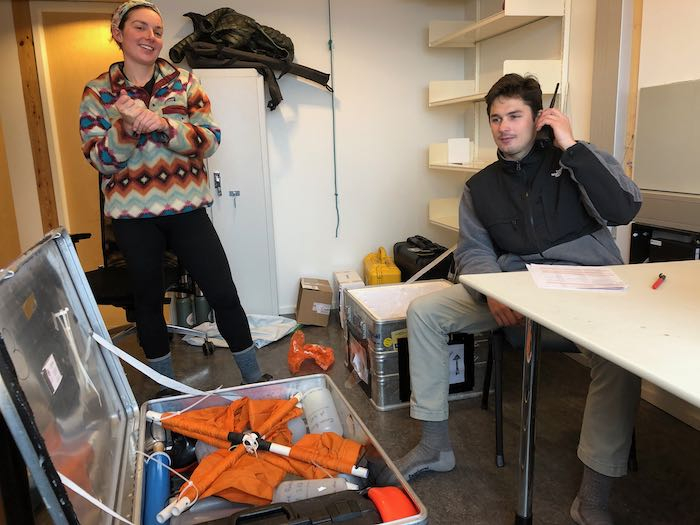
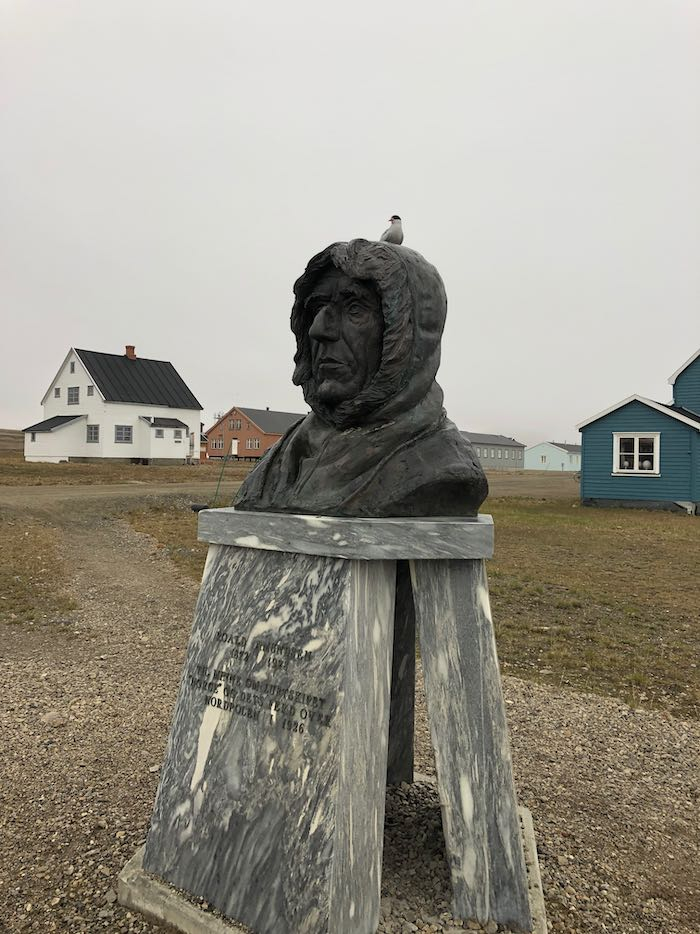
This morning we awoke to bright sunshine, which meant that there wouldn’t be any delays with the flight to Longyearbyen.
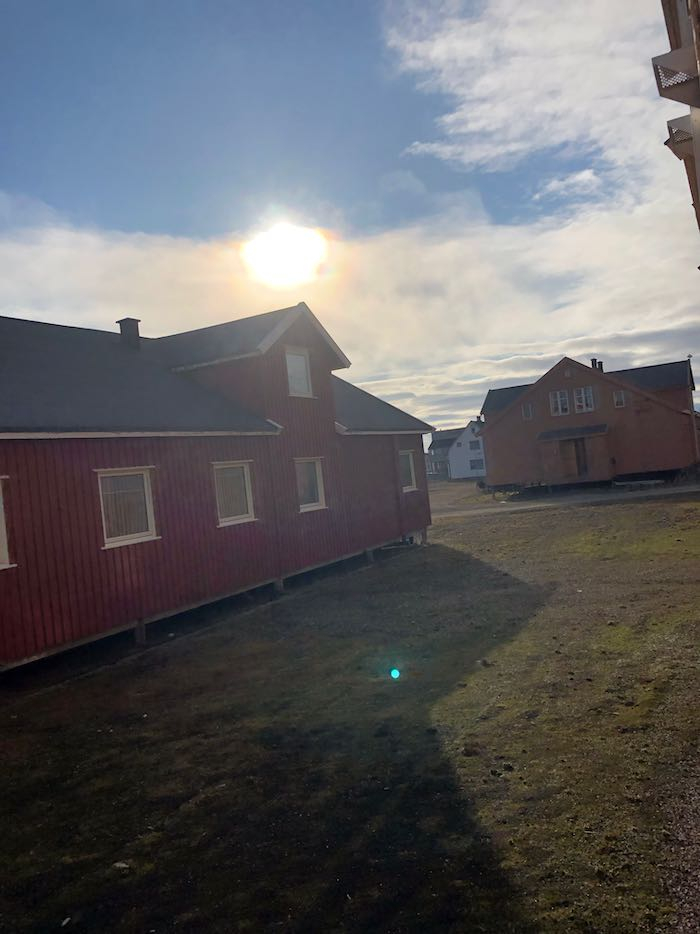
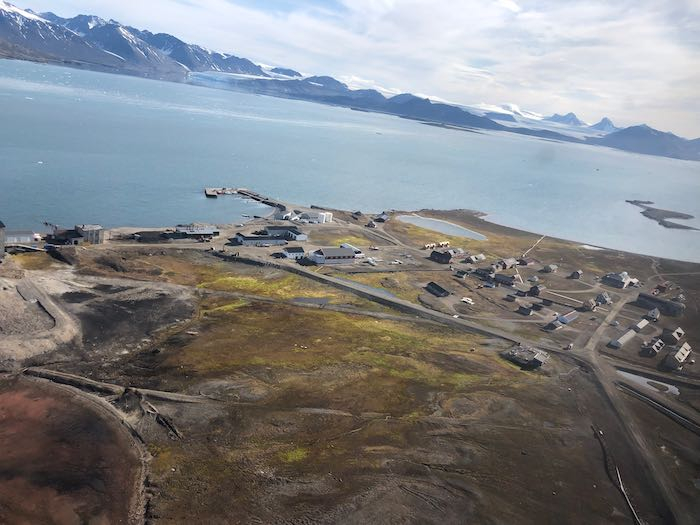
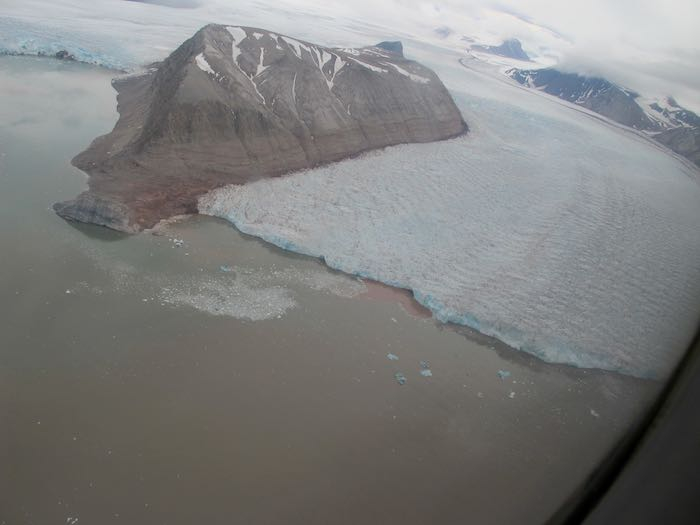
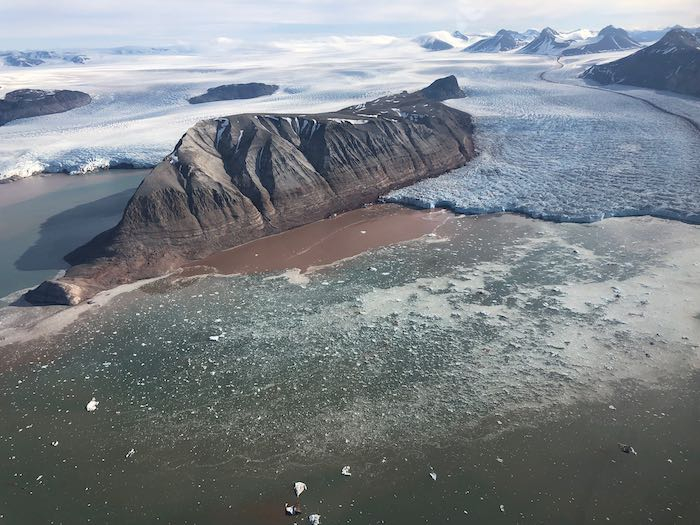
The fast retreat of these glaciers has been the running theme of my experience in Svalbard, and of the blog. Our big challenge now is how to document that for a wider audience. My big hope is that through effective outreach we can influence people to help change our society to one that is fossil-fuel free in the near future.
Thank yous
As our work winds down, I want to take the opportunity to thank many people who have made this experience possible.
Most importantly, I was to thank Julie Brigham-Grette. She is an impressive scientist, and a truly wonderful human being. Her work as a scientist is driven by a desire to improve the world, which she does in such a humble and collaborative way. I am thankful that she offered to bring me back this year, and that she gave me the chance to be involved fully in the work. She even pushed me to learn a new skill - drone flying! And I have learned so much from Julie about geology, climate change, and about generally how science is done.
I also want to thank the other two members of our team, Kelly and Xander. They are wise and mature beyond their years, and I have learned a great deal from both of them as well.
A big thank you to all the people at Norse Polar and Kings Bay for all their help, support, and creature comforts at Ny Ålesund. We were able to conduct our research, sleep comfortably, and eat well because of all their efforts.
I want to thank Janet, Judy, and all the folks at PolarTREC for supporting me in 2011 and again this year, and for all the opportunities throughout the intervening years. You have exposed me to experiences that I never even knew existed!
A big thank you to National Geographic Explorers for funding the research, and to the Brookline Education Foundation, the National Education Association and the Heath School PTO for funding my participation.
Stay in touch!
We’ll be home on Saturday, where I will experience the dark sky for the first time in a month. Although I will be winding down my blog writing, I will continue to monitor the comments. So keep them coming and I will do my best to respond. Stay in touch through the bog, through Facebook, Twitter (@sciencegold), Instagram (@sciencegold), or my YouTube channel
By the way, if you weren’t able to attend Monday’s PolarConnect Zoom event, you can watch the archive here.
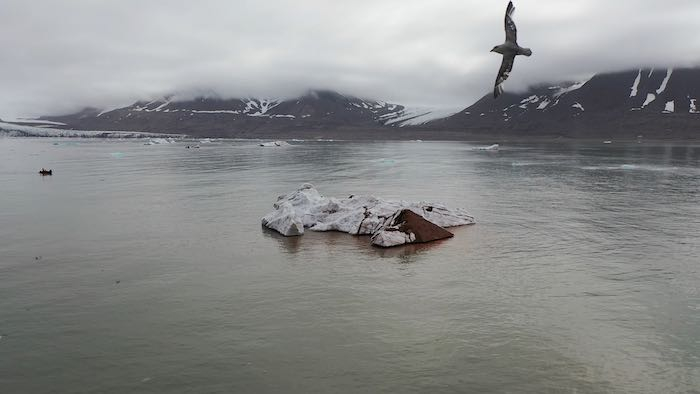
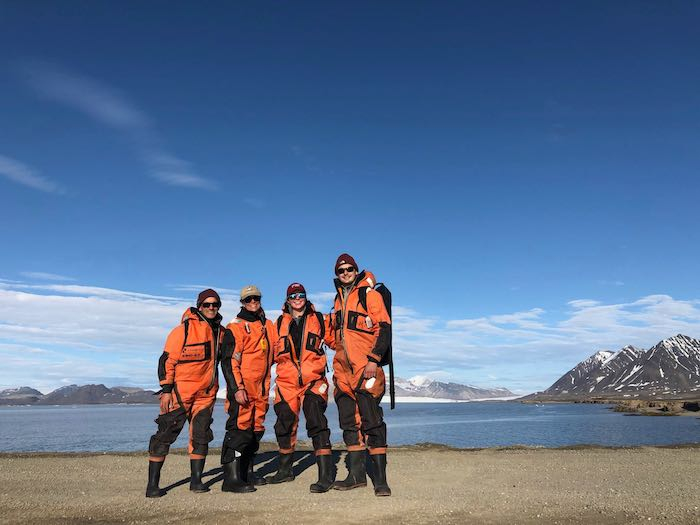
- < prev
- 19 of 19


Comments
Pagination